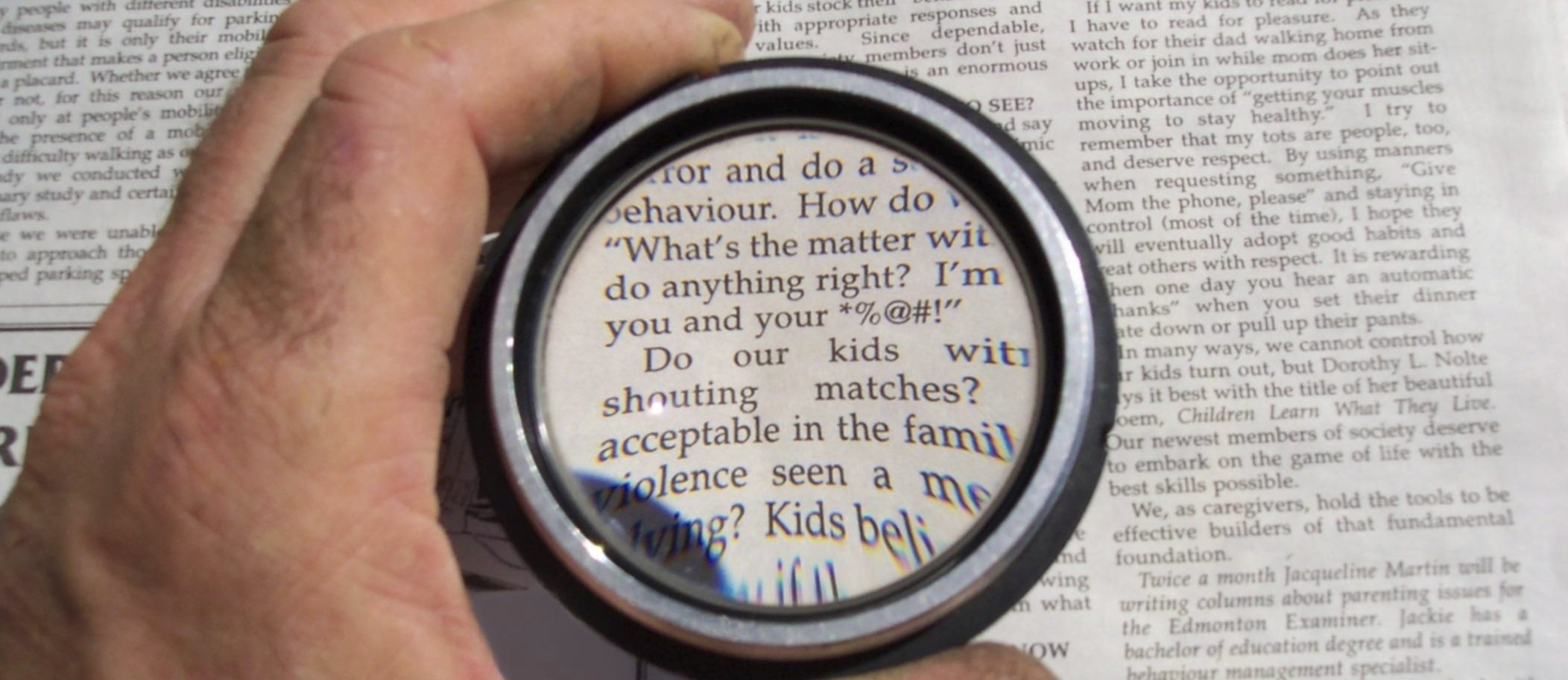
People with learning disabilities – quality standards
People with Learning Disabilities (PWLD) – Quality Standards for Dispensing Opticians (Guidelines)
Notes
Reasonable adjustments to consider:
- Arrange an informal pre visit to the practice to meet staff and become familiar with the layout.
- Allow plenty of time to show the consulting room, the dispensing and fitting areas.
- Look at frame styles, handling frames and trying them on.
- With children, also try the frames on teddy bears or dolls to make the process fun and familiar.
- If the patient becomes agitated or distressed curtail the session and arrange another appointment.
Communication
Tell patients and carers your name and ask theirs. Be friendly and smile and do not shout Explain every step before proceeding and encourage the patient to ask questions. Be prepared to explain things patiently, calmly and be prepared to repeat information several times or phrase in different ways Ensure the patient is happy to participate in the dispensing process. Written and/or pictorial information can be helpful (eg Easy Read)
Dispensing
Explain the process of dispensing, tailored to the patient’s level of understanding, and check understood.
Before taking any measurements, ensure that the patient knows what will happen, with a simple explanation of why it is being done, especially where physical contact is needed.
The use of toys or demonstrating on a carer can be helpful.
Explain carefully why the patient needs to wear different spectacles for different tasks and label glasses as appropriate.
Emphasise the positive aspects of wearing spectacles and when to wear them. With children a “home and school, specs are cool” approach can help.
Cleaning, fitting and repairs
Work closely with parents/carers and train them to look carefully at the fit of the spectacles on a regular basis.
Encourage carers to bring the patient back if the fit is compromised.
Impress upon carers that while it is not unusual for people with learning disabilities to be a little heavy handed with their spectacles, a poor fit or slipping specs can affect the vision.
Explain why it is important to have spectacles fitting well and keep them clean.
Explain why it is important for spectacles to be kept in a case when not in use.
Demonstrate some simple repairs and show why it is important to keep spectacles fitting well.
Follow up
If spectacles are not required, explain the importance and frequency of regular check ups. Encourage the patient to feel proud they have had their eyes examined and they are healthy.
